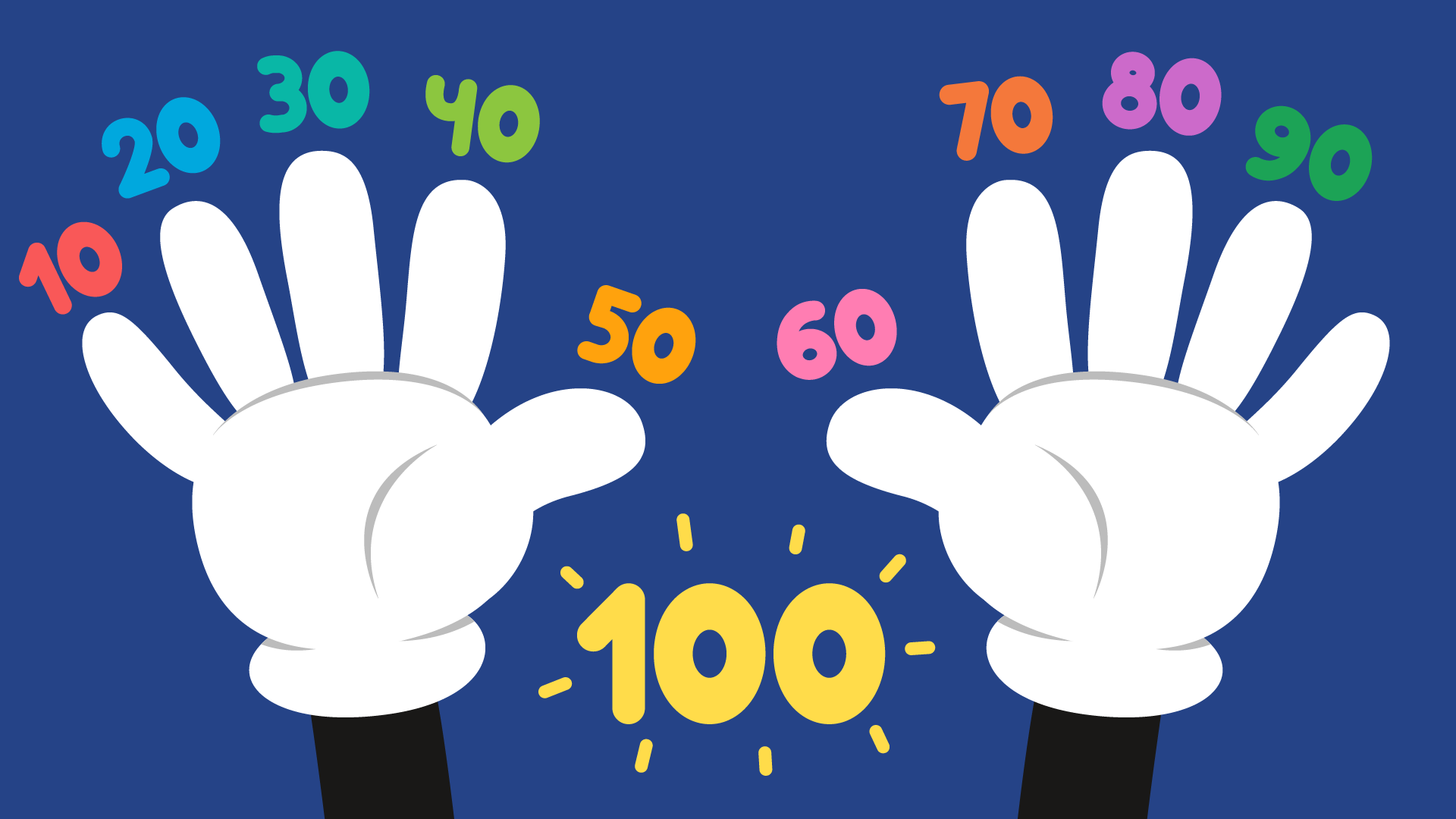Flexible Seating Ideas to Use in Your Classroom, Home Study, or Homeschool
Dec. 30, 2019
Try to picture a typical classroom in your mind; what do you envision? Unless you’re a current teacher, based upon your own experiences in school, and even from watching classic films that show classrooms, you probably picture a room with rows of desks, a chalkboard, and a teacher’s desk in the front and center facing the children. Everyone knows the typical portrayal of an American classroom, but the reality today is that many schools are turning towards flexible seating as an option to transform their rooms into a more collaborative and thoughtful place.
If you’re unfamiliar with this new trend, flexible seating classroom arrangements make rooms look like a lounge or a Starbucks than one contained within a school. While this might seem unconventional, the intent is to teach kids in a safe space that feels inviting and comfortable.
Let’s explore flexible seating in more depth, before discovering its many benefits. Then, keep reading to find transformative ideas for your classroom or home study area!
What is Flexible Seating?
For decades, desks have been as the necessary furniture to position students towards the teacher for instruction. Years ago, it was thought that teachers impart information upon kids, and so lessons were rather teacher centered. Kids were simply expected to “sit and get” when it came to classroom instruction.
.jpg)
In recent years, however, researchers have learned that this is a very ineffective way to teach children, and that kids simply tune out and grow bored when they are forced to sit straight up, listening to a teacher talk for the majority of their school day. This outdated teaching model has thankfully been replaced, slowly but surely, throughout the years. Today, methods are more student-centered, meaning that kids are looked upon as active participants in their own learning. And because pedagogy has changed, so has the way the classroom is arranged.
From kindergarten, through middle school, and high school, schools across the country are turning towards flexible seating to give kids more option when comes to spending time in class. Now, students have a choice in where and how they learn that meets their needs and focuses their attention. Instead of rows of desks, children can sit on a variety of surfaces from cushions, to exercise balls, or even standing desks!
The Benefits of Flexible Seating
If you’re wondering just how the aforementioned alternative seating options matter or help children learn, it’s important to learn that flexible seating offers a multitude of positive benefits for students. Some of the reasons to incorporate it in school or at home include:
- It gives kids a choice. All humans have the basic need to feel in control of their own lives, and kids are no different! By offering varying choices in seating, students feel empowered to make a choice about how they want to learn. They can pick an option that feels the most comfortable for them.
- It increases comfort. Some children are shy and don’t want to be noticed, while others are yearning to be front and center. Flexible seating also allows for children to choose their location in the classroom, as well as their position. This helps kids feel comfortable in the classroom as well as in their own skin, along with boosting their physical comfort!
- It builds community and collaboration. A classroom lined in rows can feel like a cold, harsh, testing environment where students aren’t supposed to talk or share ideas. By arranging the room with different types of seating, the environment is more laid back, encouraging children to interact and collaborate. This is especially important for blended learning or project-based learning, where kids must feel free to work with each other.
- It accommodates students with special needs. Educators and researchers today know the importance of realizing each individual’s learning needs. Many seating options stimulate a child’s sense of touch. For children with sensory processing disorders, or for kids who have ADHD, flexible seating allows them to fidget or move in ways that aren’t distracting to others in the classroom. This meets their need to be more active, while cutting down on behavioral outbursts or disruptions.
Overall, flexible seating arrangements can increase engagement, motivation, learning, and behavior in the classroom. What’s not to love?
Flexible Seating Ideas for Classroom
If you’re a teacher or a tutor, no matter your budget, there are cost-effective flexible seating options for your classroom. Additionally, there are no rules when considering alternative seating. On the contrary, vary the different types of seats in your room! Check out the following ideas to outfit your classroom:
Wobble Stools
This wobble chair comes in a variety of sizes depending on the age range you teach. This type of seat allows little learners to move from side to side while seated, which gives students a more active experience as they sit. It can also help improve posture as children improve their core stability as position themselves on the seat.
Stability balls
Exercise balls such as this one are inexpensive compared to other types of seating, and can have many of the same benefits as the wobble stools mentioned above! Better yet, some more expensive balls come with feet to prevent children from falling, or they may come with a base or stand for children who need a little extra help remaining upright. Depending on the age range of those in your class, choose the yoga balls that work best for your learners, or keep an extra base or two handy, just in case!
Wobble Cushions
Wobble cushions are different from stools because they provide a more tactile experience. For starters, models like this one are inflatable and include a texture that children can feel as they sit. Like the other options mentioned, these cushions force kids to balance, improving posture and core muscles. They are also low to the ground, allowing for students to work on the floor, or at low tables.
Standup Desks
Many professionals today have standup desks at work, so why not at school? Many children prefer to stand instead of sit, which makes these desks the best solution for them! With so many models available, it’s hard to pick just one. Go to any school supply store website to find hundreds of different types of standup desks to order for your classroom. In fact, try a few different types to give kids even more options!
Couches
We get it. Some schools don’t have the budget to provide teachers with the more expensive flexible seating options. However, used couches or loveseats are plentiful when searching buy/sell apps or even your local Goodwill store! Don’t feel that you need to fill your classroom with multiple couches! Get one to make a unique reading or center corner in your room!
Ideas for Your Homeschool or Home Office
Are you redesigning your child’s study space to make it more comfortable? The options above can still be used in the home, but take a look at the ideas below, some of which you may already have laying around the house!
Bean Bag Chairs
Bean bag chairs are a mainstay of childhood bedrooms! Use one that you already have or purchase a new one on the cheap at your local big box store.
Foam Floor Cushions
Remember the floor mats your toddler may have used when learning to walk? Use, and stack floor mats to make DIY cushions for your home study space!
Stools
Stools come in many sizes and are made of various materials ranging from plastic to wood. Use a stool you already have in the house and find a desk to match the height of the stool. If you don’t have any, check out these cool colorful stools.
Gaming rocker chairs
Gaming chairs like this one are often used by teens and adults who play video games, but they can be utilized as flexible seating for the home office, too!
Low tables with pillows
Another low-cost idea is to simply use a low table, like a coffee table, and place throw pillows on the ground. If your child is crafty, make it into a project by designing and reupholstering pillows!
It’s obvious that flexible seating has been transforming the world of education, giving kids more choices about where and how they’ll learn, based upon their own personal comfort. With benefits of increased engagement, motivation, and learning, what’s not to love? Regardless if you’re an educator or parent, evaluate the options presented above to plan for your kids’ redesigned space!











